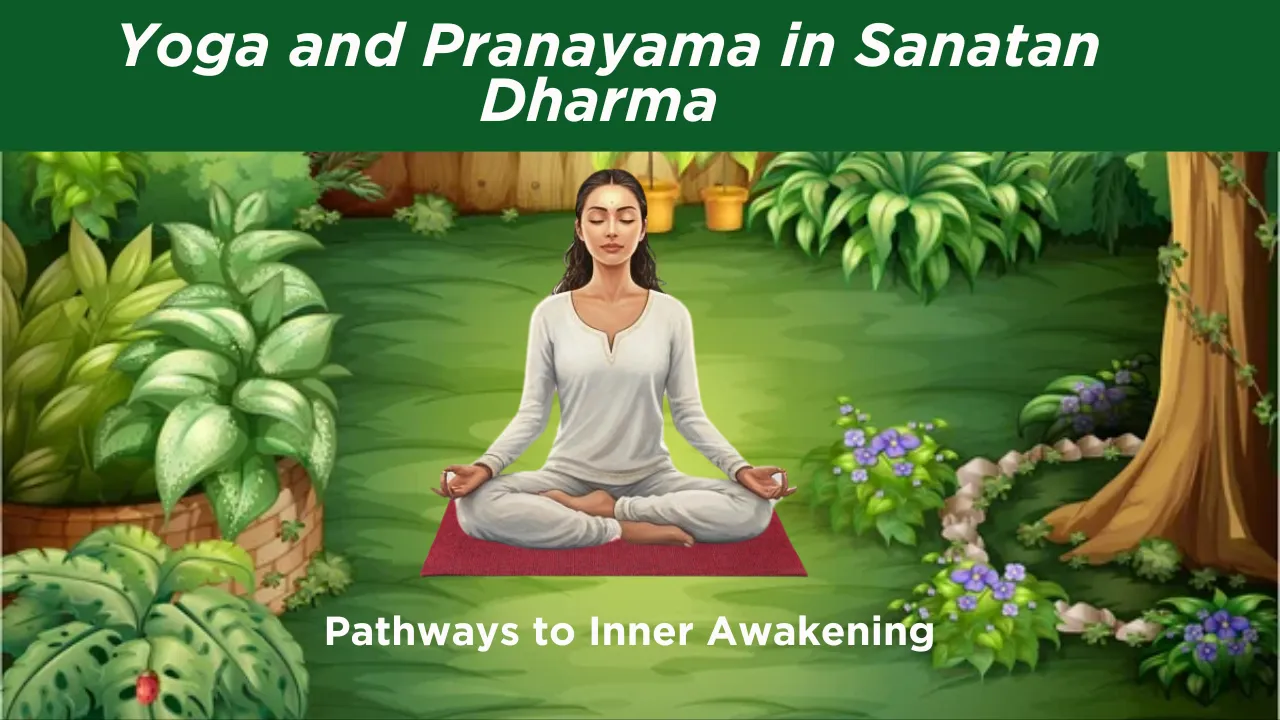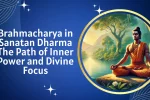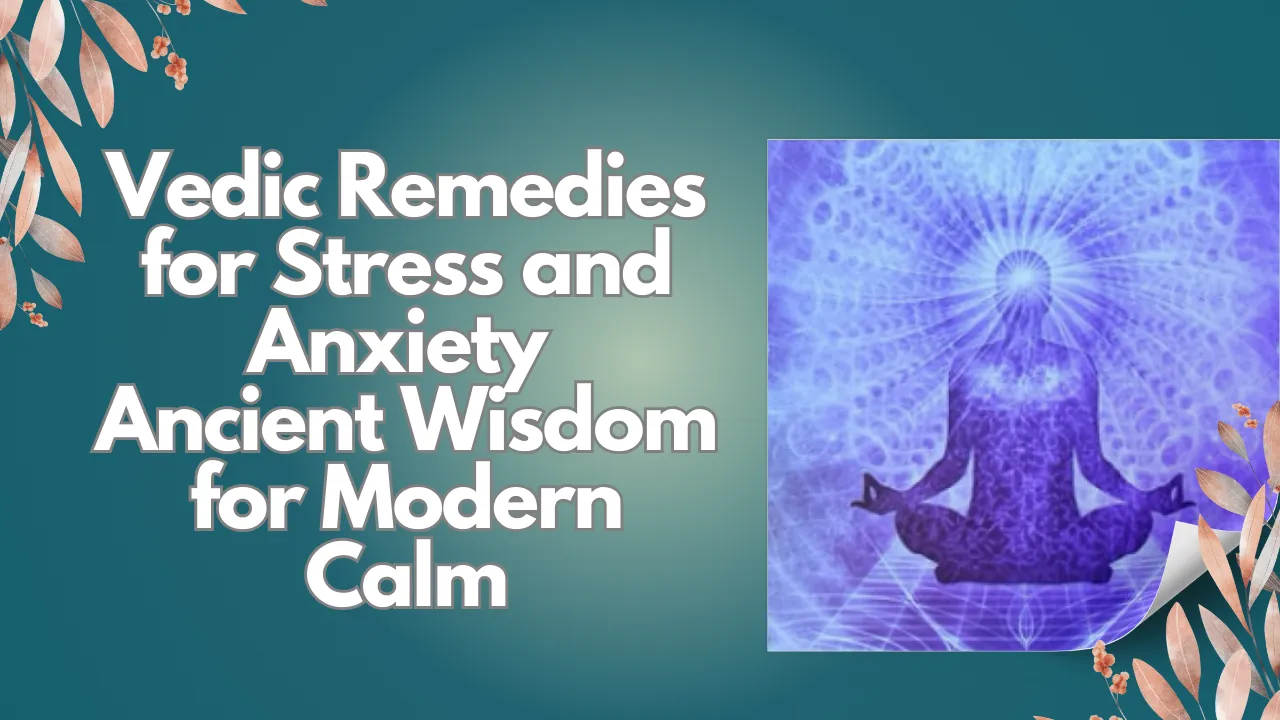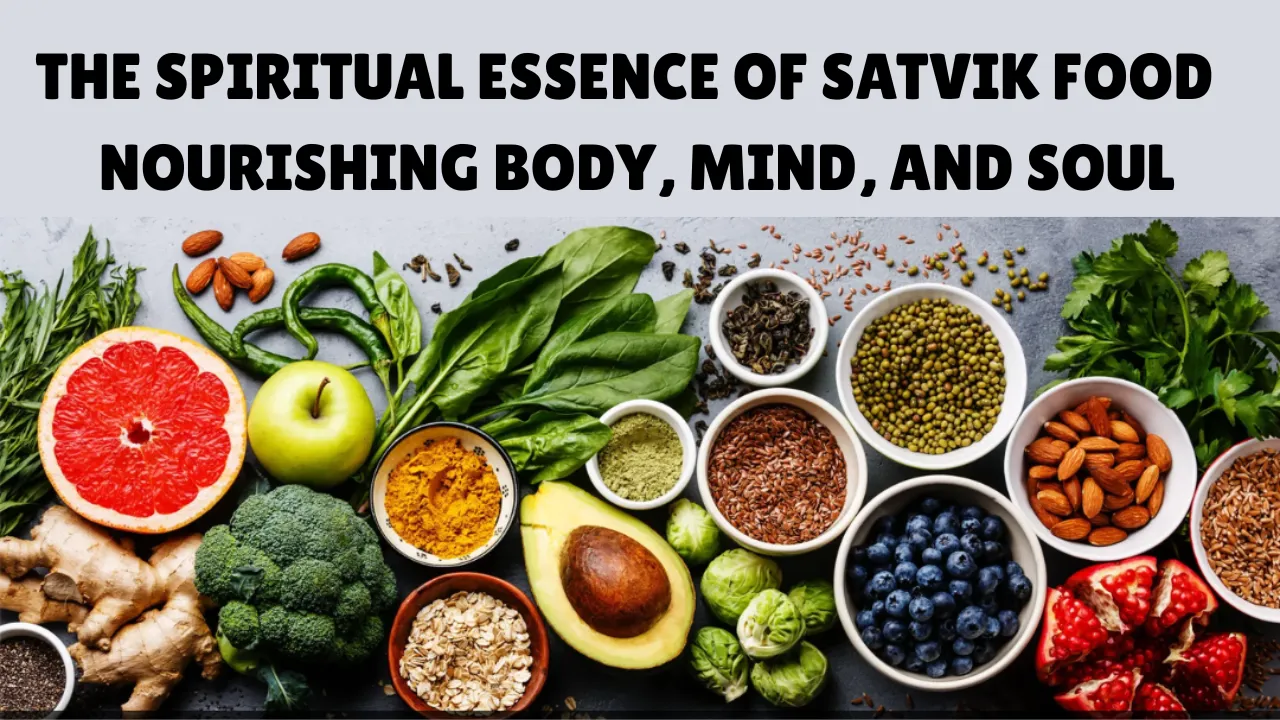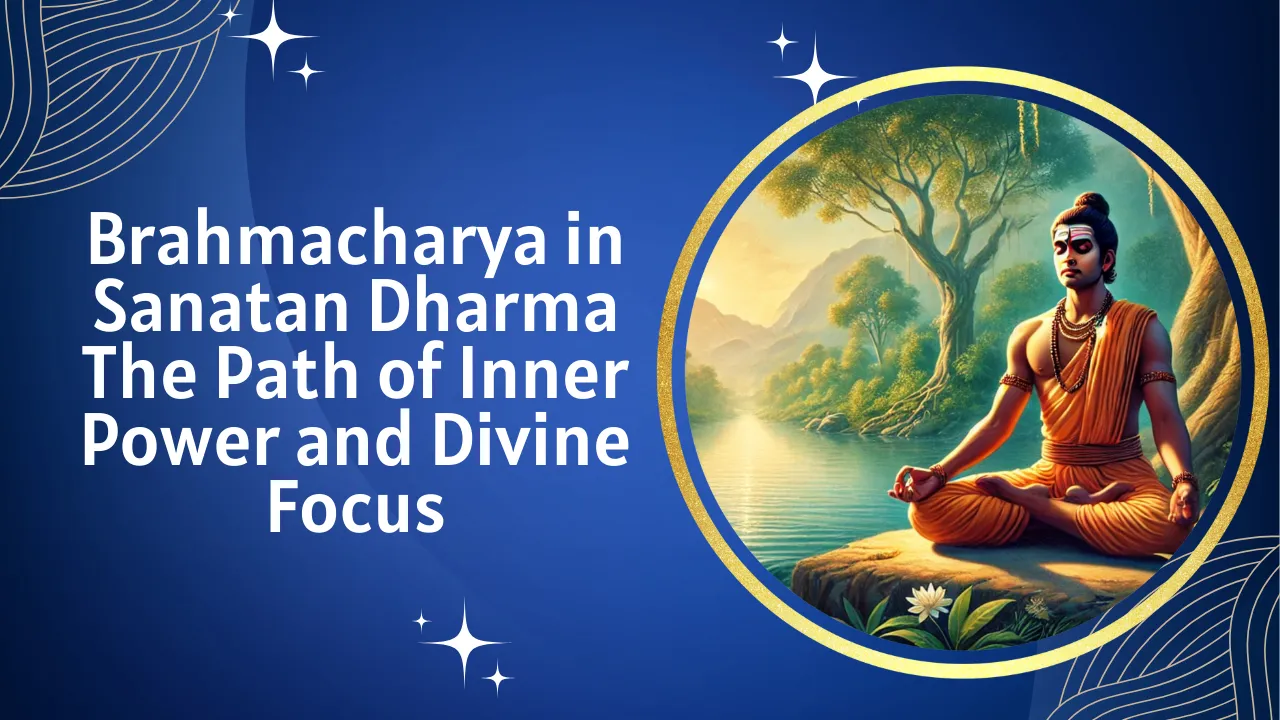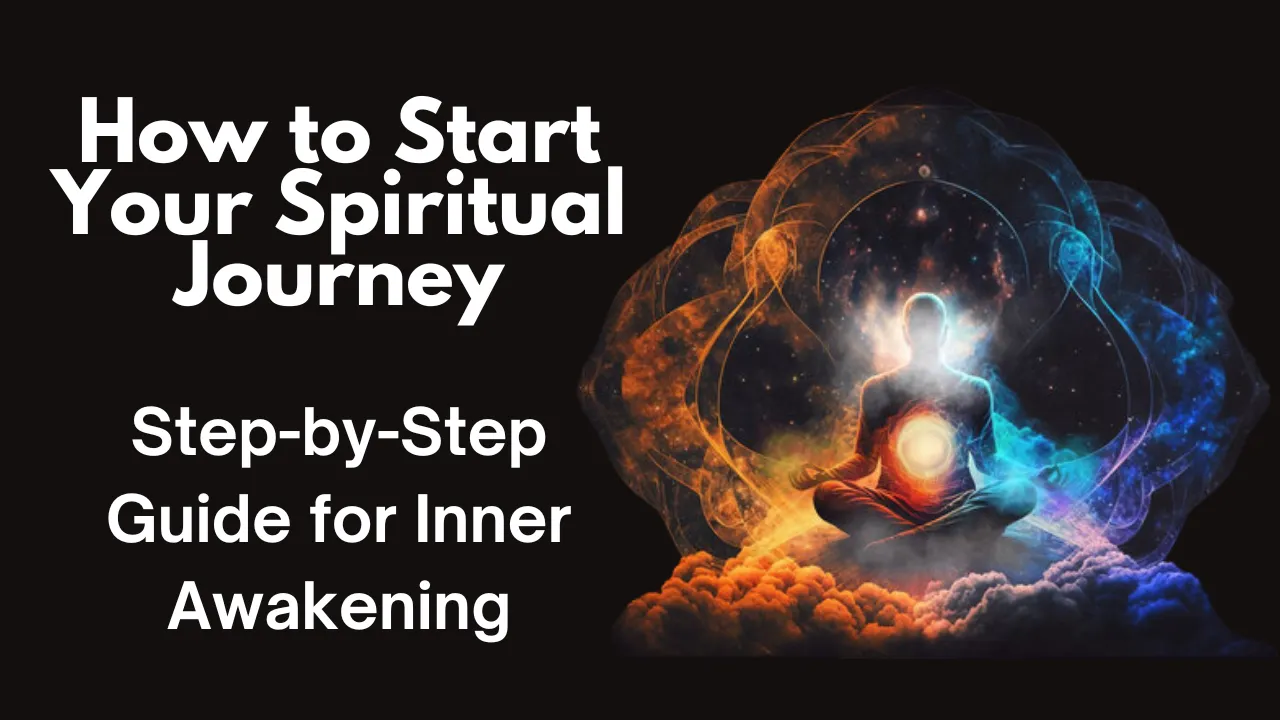Yoga and Pranayama in Sanatan Dharma: In the sacred tapestry of Sanatan Dharma, the practices of Yoga and Pranayama shine as timeless tools for inner transformation. Far beyond their modern-day portrayal as physical or fitness routines, these ancient disciplines are deeply spiritual—designed to harmonize body, mind, and soul.
For seekers walking the path of self-realization, Yoga and Pranayama in Sanatan Dharma are vital practices that purify, prepare, and propel the soul toward divine union.
The Deeper Meaning of Yoga and Pranayama in Sanatan Dharma
In the Vedic tradition, the word Yoga comes from the Sanskrit root Yuj, meaning “to unite”—symbolizing the sacred union between the individual consciousness (jivatma) and universal consciousness (paramatma). Paired with Pranayama, the discipline of breath control, this union becomes not just a spiritual philosophy, but a living experience.
Let’s explore how these two practices form the very heart of spiritual sadhana (practice) in Sanatan Dharma.
Overview Table: Key Benefits of Yoga and Pranayama in Sanatan Dharma
| Aspect | Yoga | Pranayama |
| Purpose | Unite body, mind, and soul | Control and expand life-force energy (prana) |
| Primary Tool | Physical postures (asanas) and ethical living | Breath regulation techniques |
| Effect on Mind | Calms, centers, and prepares for meditation | Clears mental clutter, calms nervous system |
| Spiritual Impact | Awakens self-awareness and prepares for divine union | Elevates consciousness, aids kundalini awakening |
| Core Benefits | Flexibility, strength, inner balance, ethical grounding | Focus, inner stillness, purification of nadis |
| Role in Sanatan Dharma | Core spiritual path (one of the six darshanas) | Integral part of Raja Yoga (Ashtanga Yoga) |
The Role of Yoga in Spiritual Practice
Yoga in Sanatan Dharma is not about achieving external flexibility—it is about internal transformation.
1. Purification of the Body and Mind
Asanas, when performed with awareness, detoxify the body and activate subtle energy flows. They create the physical and mental stillness needed for meditation and spiritual insight.
2. Living in the Present
Every breath, every movement in Yoga brings us into the now. This presence lays the foundation for observing thoughts and realizing our inner witness (sakshi bhava).
3. Balancing the Flow of Energy
Yoga helps unblock nadis, especially the central sushumna nadi, allowing prana to move freely—essential for awakening kundalini shakti, the dormant spiritual energy.
4. Ethical Living: Yamas and Niyamas
Before bending the body, one must bend the ego. The first two limbs of Yoga—yamas (restraints) and niyamas (observances)—cultivate a disciplined, dharmic lifestyle that cleanses karma and aligns one with higher values.
5. Foundation for Meditation
Without the steadiness of asana and the balance of prana, the mind remains restless. Yoga quiets the body and the senses, allowing the seeker to sink into silence and move toward dhyana (meditation).
The Role of Pranayama in Spiritual Practice
In the Vedic view, breath is the vehicle of the soul. Through Pranayama, one learns to master this vehicle.
1. Harnessing Life Force
Pranayama teaches control over prana, the subtle life energy that fuels both body and consciousness. It’s not just about inhaling air—it’s about expanding spiritual vitality.
2. Mental Calm and Clarity
Techniques like Nadi Shodhana and Bhramari pacify the nervous system, reduce anxiety, and balance the brain’s hemispheres—creating inner peace and focus for deeper spiritual work.
3. Enhanced Concentration
Controlled breathing sends more oxygen to the brain, calms emotional turbulence, and sharpens focus—helping the seeker stay attentive during japa (chanting) or meditation.
4. Purifying Energy Channels
Blocked nadis prevent spiritual progress. Pranayama purifies these channels, preparing the body for the awakening of kundalini and the movement of energy toward the sahasrara (crown chakra).
5. Catalyst for Meditation
Where breath slows, the mind stills. When the breath is long and fine, the veil between the material and spiritual dissolves—ushering the seeker into states of deep meditation.
Yoga and Pranayama: A Unified Practice
In the path of Sanatan Dharma, Yoga and Pranayama are not optional—they are foundational. Together, they form a preparatory ground for:
- Jnana Yoga: The path of wisdom and inquiry
- Bhakti Yoga: The path of love and devotion
- Karma Yoga: The path of selfless action
- Raja Yoga: The royal path of meditation and inner mastery
Yoga strengthens and stills the body. Pranayama clears and uplifts the mind. Together, they make the seeker fit for the final ascent to self-realization (atma jnana).
Practical Tips for Incorporating Yoga and Pranayama
- Start with 15–30 minutes daily of asanas and breathwork.
- Practice on an empty stomach, ideally during Brahma Muhurta (early morning).
- Choose a quiet, clean space free from distractions.
- End with meditation or mantra chanting, allowing the benefits to settle inward.
- Seek guidance from a qualified teacher or Guru, especially for advanced practices.
Final Thought: From Outer Posture to Inner Stillness
Yoga and Pranayama, when approached as sacred disciplines rather than physical routines, become the very tools that carry the seeker across the ocean of ignorance. In Sanatan Dharma, these practices are revered not just for health—but for liberation.
A single deep breath in awareness…
A single movement in devotion…
A moment of stillness in presence…
Can open the door to the Divine within.
